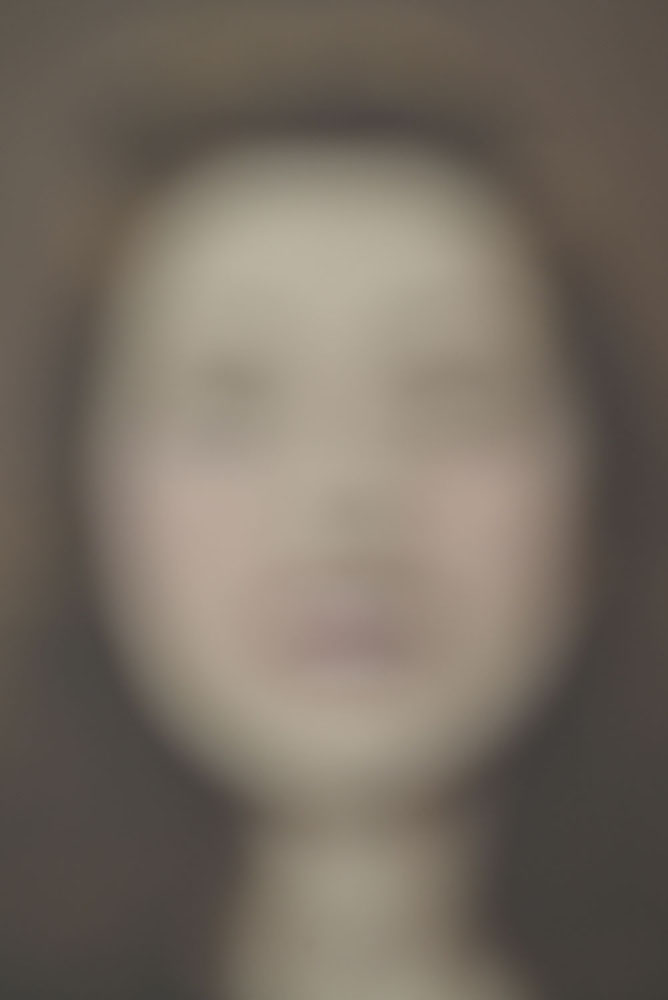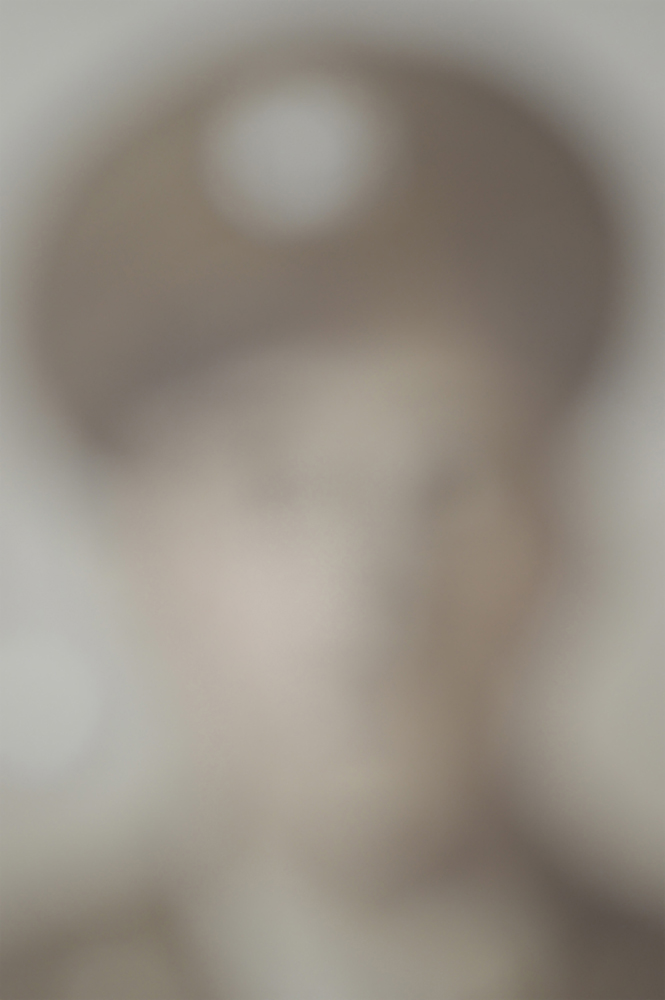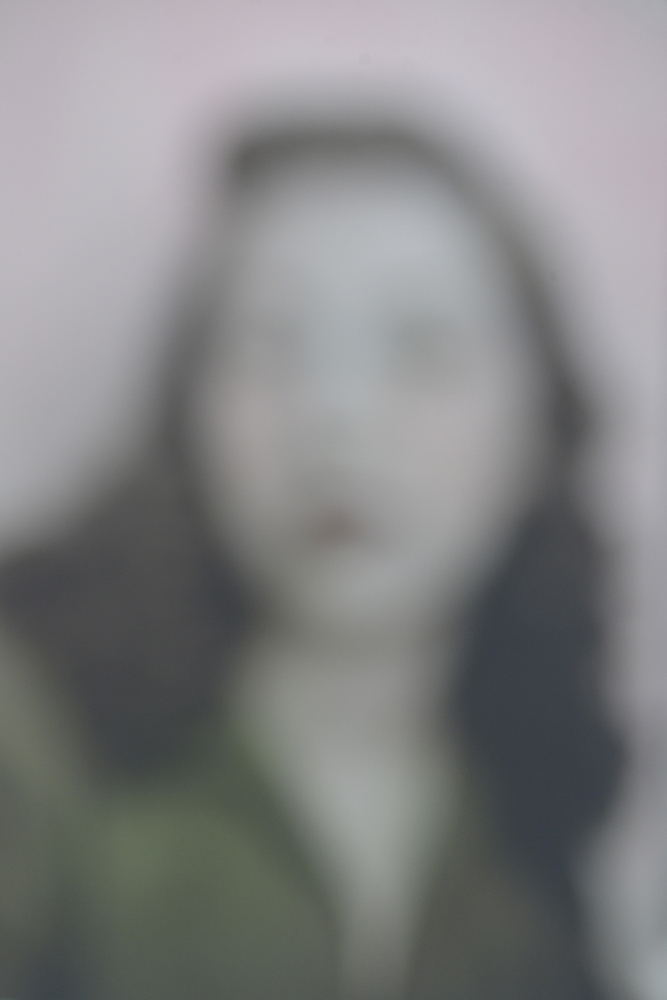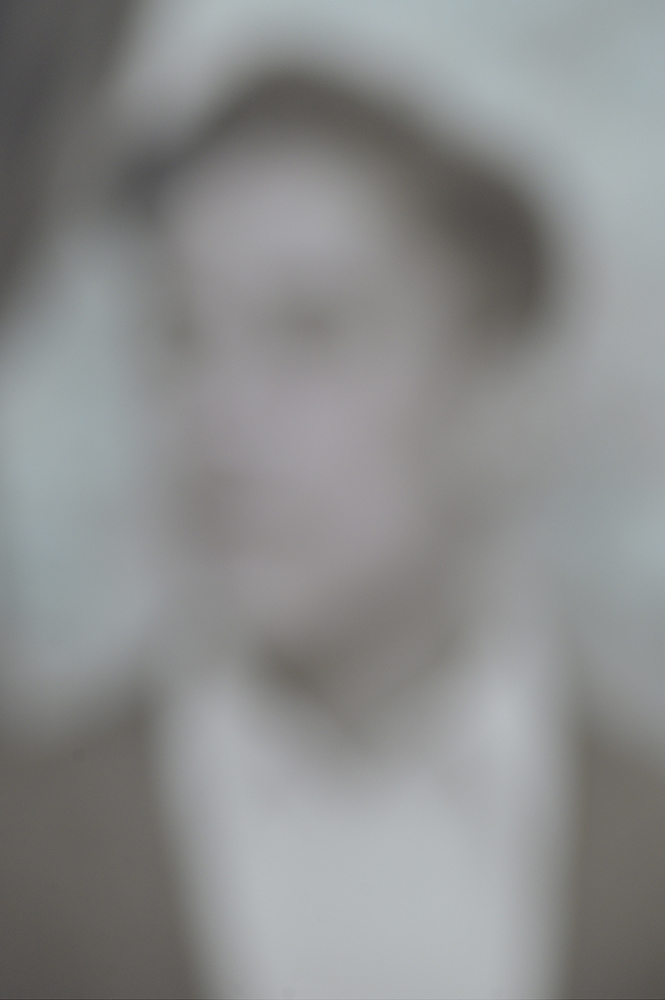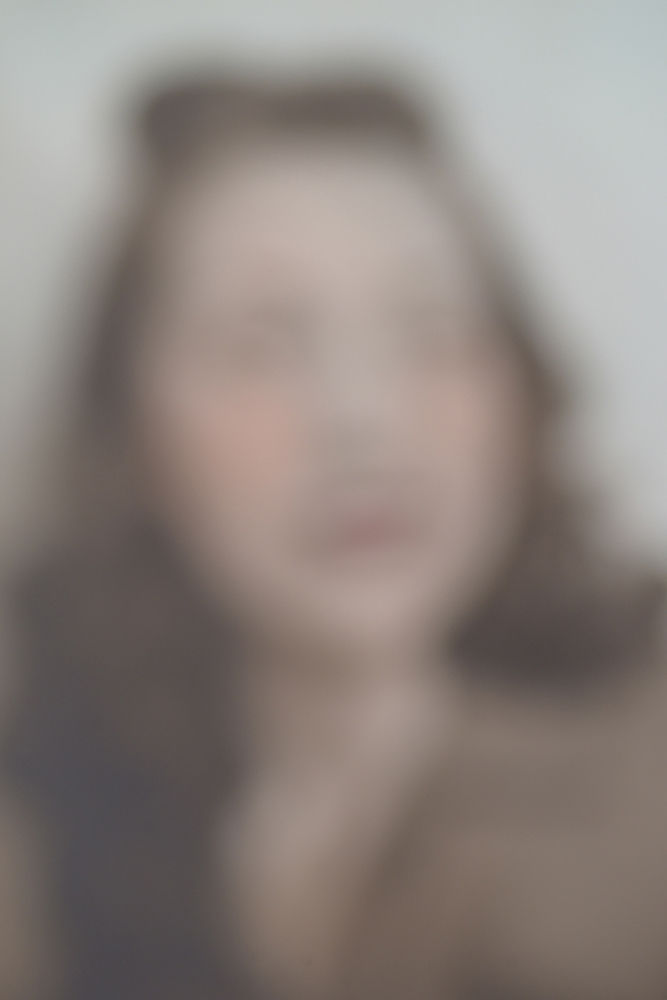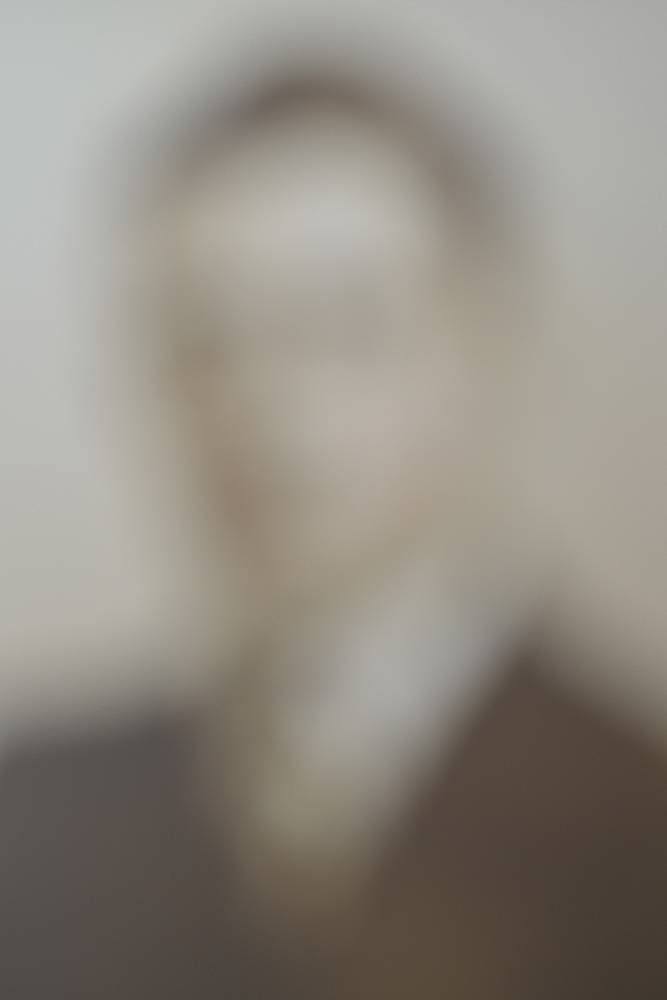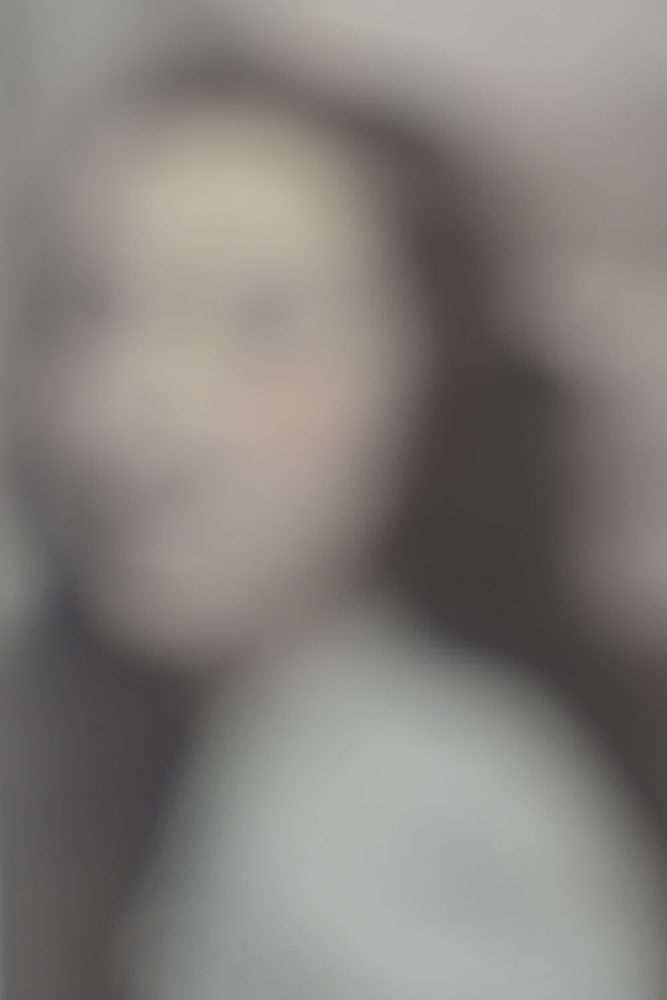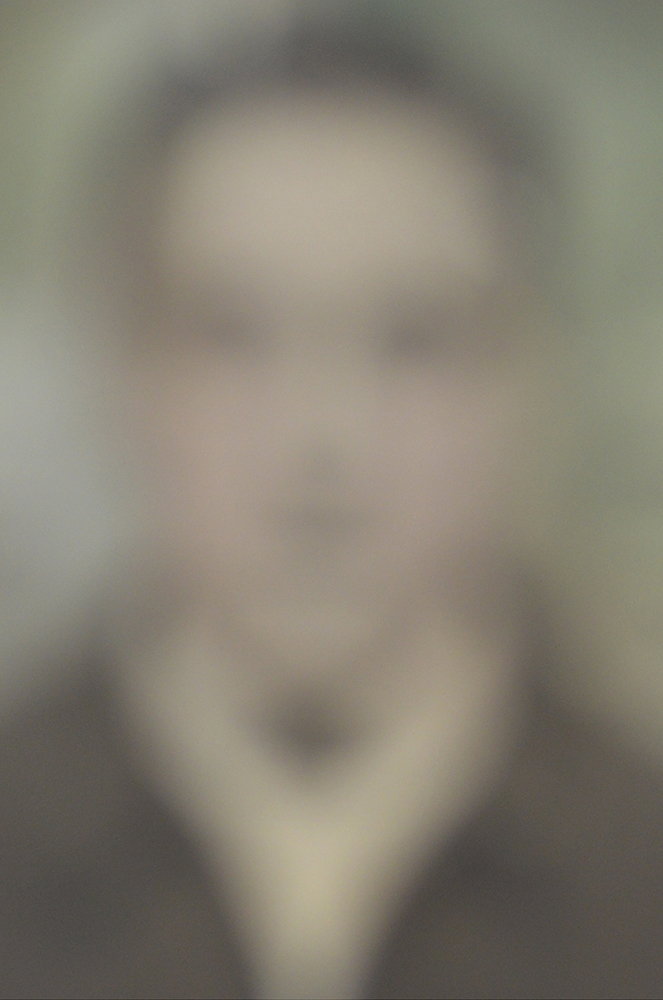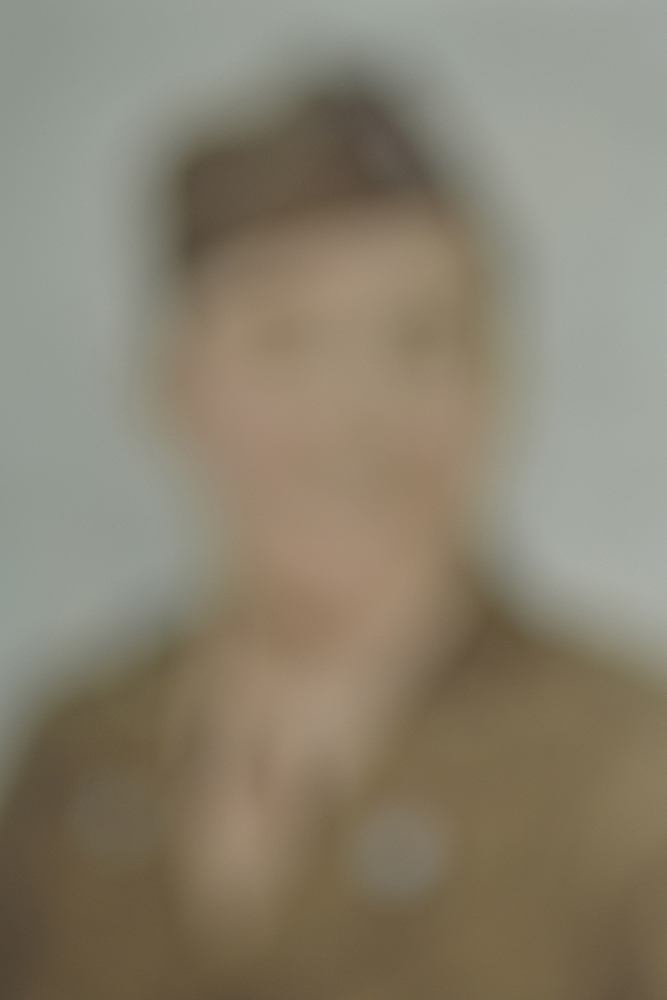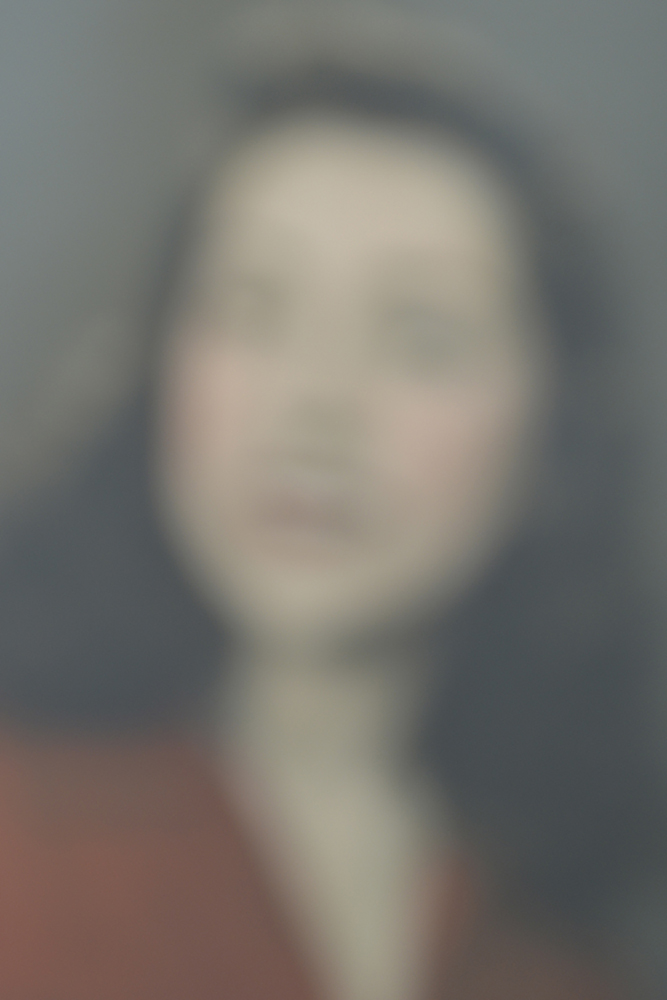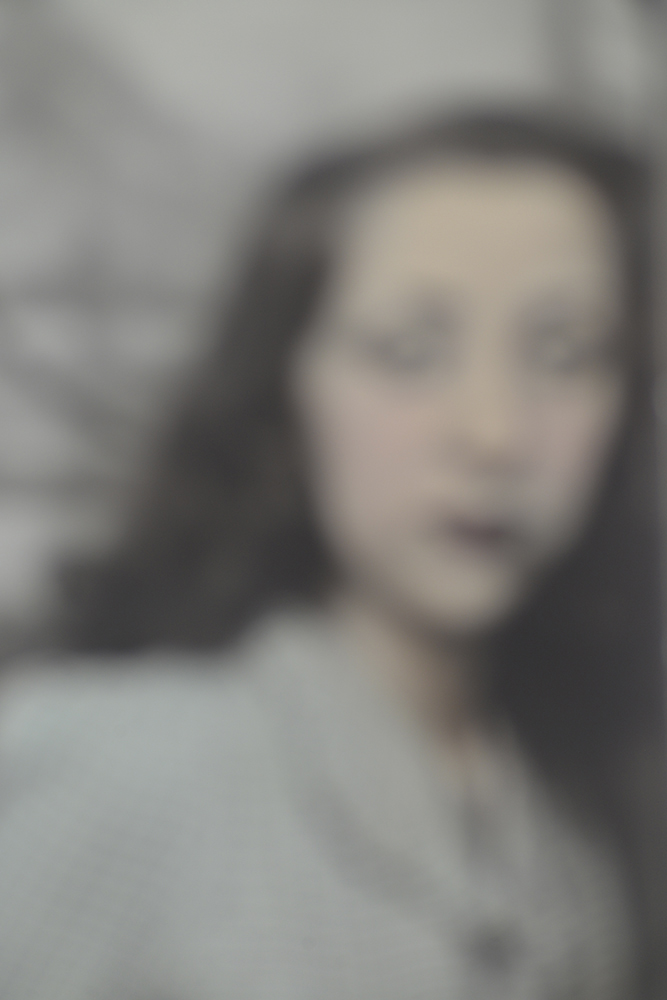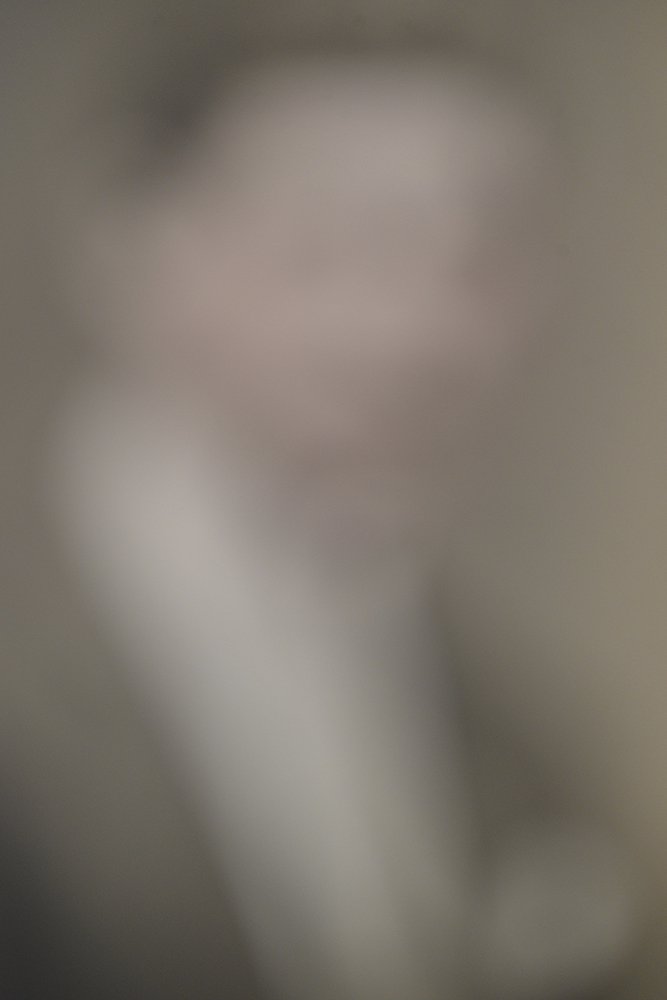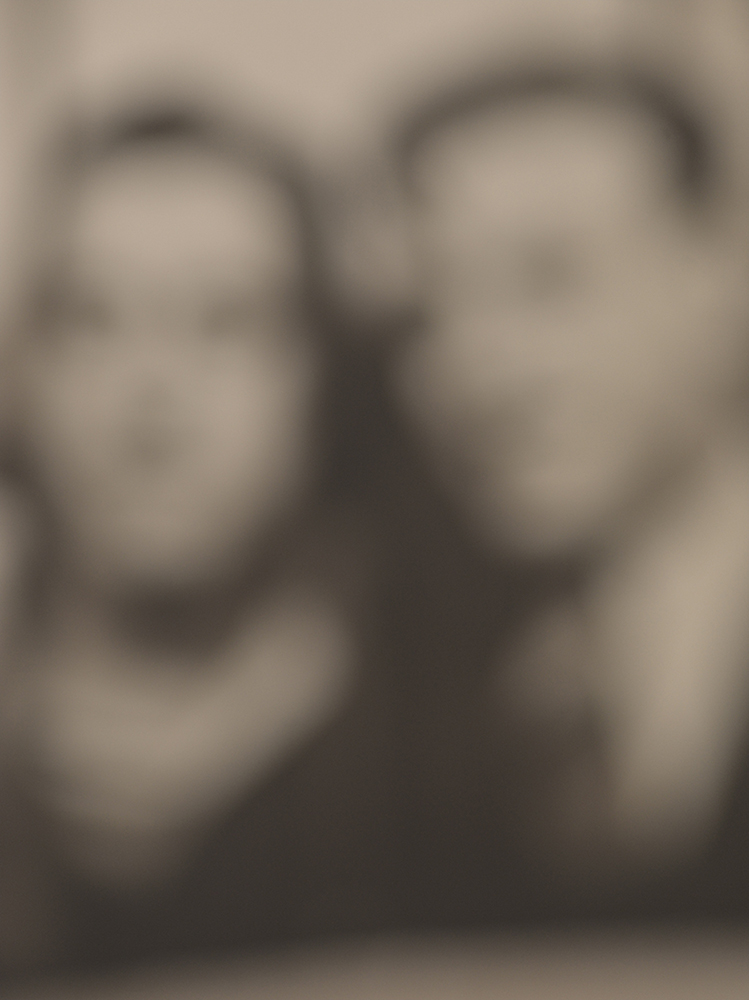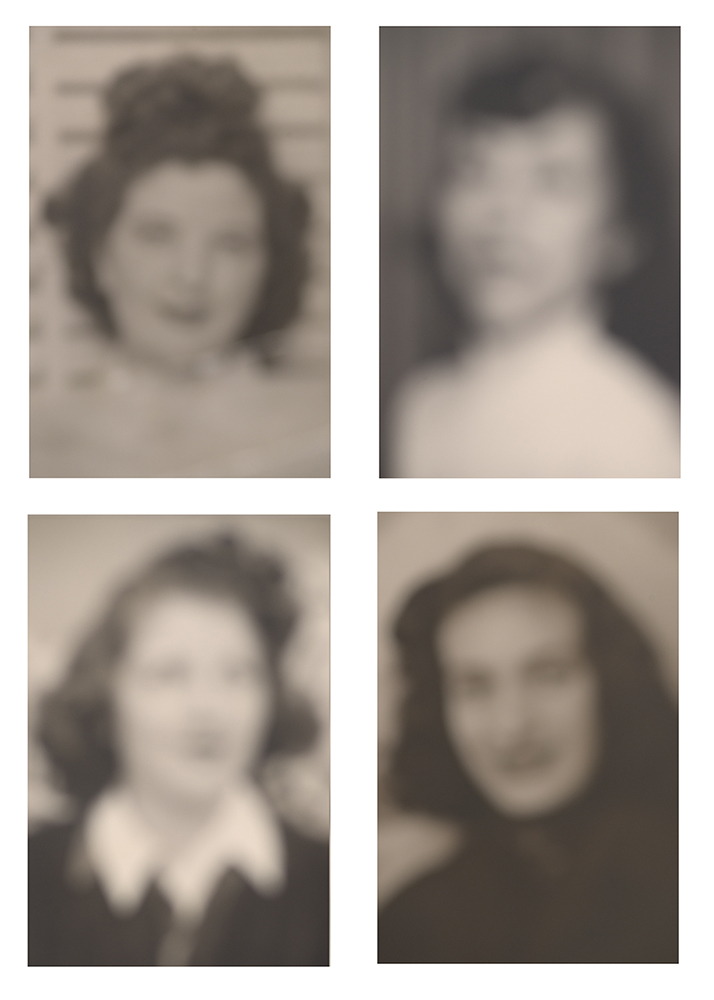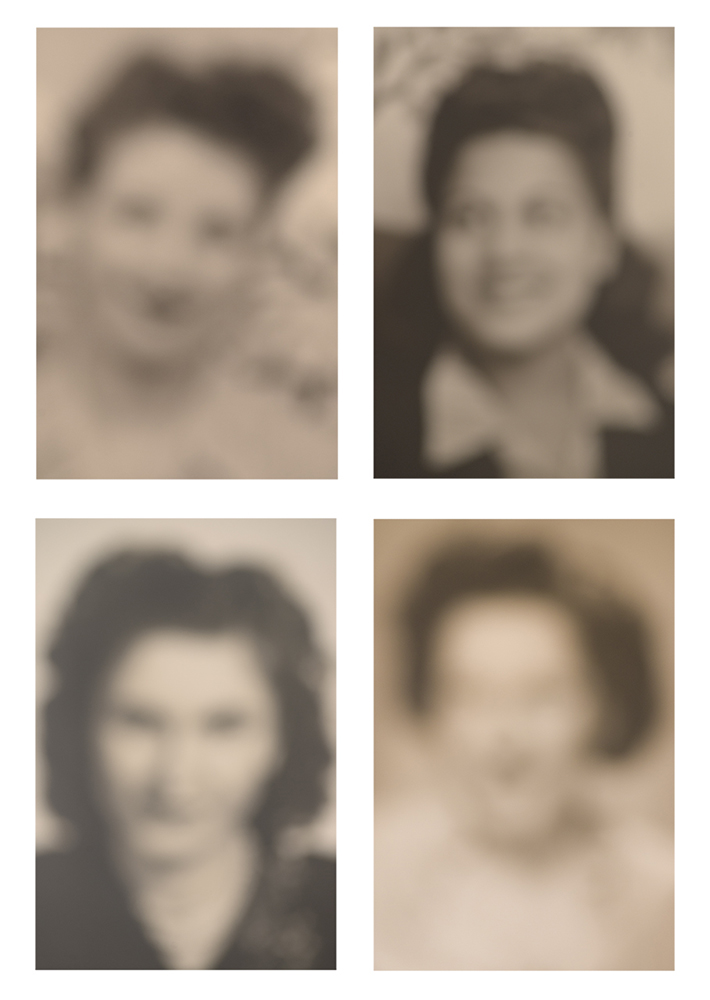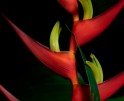Jean Sousa: The Alice Project
For the next few days, we will be looking at the work of artists who submitted projects during our most recent call-for-submissions. Today, Jean Sousa and I discuss The Alice Project.
Chicago-based artist, Jean Sousa, has exhibited her work nationally and internationally and is the recipient of two Artist Fellowships from the Illinois Arts Council and a Regional Artist Fellowship from the National Endowment for the Arts. She was a Visiting Artist at the American Academy in Rome in 2014 and 2017. Awards include a residency at the Virginia Center for Creative Arts, the Tyrone Guthrie Center in Ireland, the Cliff Dwellers Fellowship for Artist Residency at Ragdale, and a Professional Artist in Residence at Oxbow in Saugatuck, Michigan. Ms. Sousa works primarily in photography and experimental film. Her photographic work has been exhibited at the Southeast Museum of Photography in Florida, the Center of Photography at Woodstock, the Union League Club of Chicago, the Illinois State Museum, San Francisco Camerawork, and the Rockford Art Museum among other venues. Ten of her photographs were included in the Midwest Photographers Project of the Museum of Contemporary Photography in Chicago. Her films have been screened at Microscope Gallery, Anthology Film Archives in New York, the London Filmmakers Cooperative, Collectif Jeune Cinéma in Paris, the Institute of Contemporary Art in Boston, the Cinematheque in San Francisco, and the Museum of Contemporary Art, Chicago.
Ms. Sousa has taught at the School of the Art Institute of Chicago, the School of the Museum of Fine Arts in Boston, and MIT Summer Institute for Film, Photography, and Video at Hampshire College. She served as Trott Family Director of Interpretive Exhibitions and Family Programs at the Art Institute of Chicago where she curated exhibitions for young visitors and oversaw a broad range of family and community programs. She is the author of “Faces, Places, and Inner Spaces,” a book about looking at art for young readers that was co-published by Abrams and the Art Institute of Chicago and reviewed by the New York Times Book Review. As a museum educator, she served as Chair and panelist at numerous national and international conferences including the J. Paul Getty Museum, the Taipei Fine Arts Museum, and the National Gallery of Ireland. She received her BFA from the University of Massachusetts, Magna Cum Laude, and her MFA from the School of the Art Institute of Chicago.
Follow Jean Sousa on Instagram: @jeansousart
The Alice Project
Photographs of loved ones are tantalizing because they promise to give you something, but the more you look at them, the less they deliver. They intensify a feeling of wanting to be connected, but cannot satisfy it. In this project, I am trying less to capture a specific memory of someone, than the process of forgetting that person.
The Alice project originated with a trove of photographs and a cache of poems that I inherited from my late aunt, Alice Gonçalves Sousa, the last living relative of my parents’ generation. My reclusive aunt was the family archivist who saved photographs and material objects from past generations. Studio photographs are mixed in with snapshots, many are of people I never met, but even those I knew are like ghosts from another era.
Growing up, Alice was an enigma to me. A first generation Portuguese-American woman, she came of age in the mid-20th century when beauty was the prime currency of women and the home and children considered their domain. Alice grew up in a restrictive household, and was offered a limited set of options for the future. She was a secretive person who never married, and lived with her parents and her brother, Al, in the apartment where she was born until they had passed away, and then lived alone. After her death, I discovered she was a poet and her poems reveal the anger, disappointments, and regrets of her life.
The suite of Al & Alice portraits were appropriated from hand tinted studio photographs and photo booth prints of the 1940’s. These images were ubiquitous in their time and are a reflection of the period in terms of pose, hairstyles, and other gender tropes, as well as mid-century photographic processes. I am re-photographing and re-imagining these intimate, pocket photos and creating large-scale portraits, imbued with the softness and loss of detail that comes with one’s recollection of the past and the passage of time.
The Alice Project includes a suite of portraits and an octet of film poems inspired by her poetry. The source material for the still photographs was taken when the future held promise for Alice, and the poems were written when her options had all but disappeared. This is the story of a woman who had artistic ambitions that were thwarted by the social norms of the time. It is a metaphor for loss and the experience of forgetting someone, as well as a commentary on the process of disappearing, a phenomena that happens to women with age.
Daniel George: So, you inherited a large collection of photographs from your late aunt, whom you mention was the last living relative of your parent’s generation. What led you to begin thinking about these pictures as objects of consideration—or, subject matter that would lead to the creation of The Alice Project?
Jean Sousa: From the moment I saw the images, I knew I had to do something with them. They were very compelling, and it wasn’t just because I knew most of the characters. It was also the extent to which they were an encapsulated history of the photographic medium, from early studio photographs to small format snapshots, photobooth images, and Polaroids. With the dramatic changes in the photographic medium during my own lifetime, these images reminded me that this moment is also temporary, and led me to wonder what might come next.
In addition to their inherent interest, I wanted to do something with these materials as a tribute to my Aunt Alice. When I was growing up, Alice was an enigma to me. She offered an alternative lifestyle to my mother – she never married or had children, she was independent, glamorous, argumentative. She had a secret life – I didn’t know she was a poet until she died. The photographs and the poems together gave me a new perspective on Alice. Through reading her poems, I learned more about her than I ever knew. In this project I’m trying to preserve what Boltanski calls ‘small memory.’ “Large memory is recorded in books and ‘small memory’ is all about little things…. Yet small memory is what makes people different from one another, unique.” I would like to give voice to Alice, and the particulars of her life. That she was the last of my parent’s generation also made me feel it was a time to reflect on that era.
DG: In your artist statement, you state that photographs of loved ones “promise to give you something, but the more you look at them, the less they deliver.” What do you suppose you/we desire of them, and in what ways are our expectations left unfulfilled?
JS: When we save a photograph of a loved one, we expect that image to conjure the person, or at least a vibrant memory of that person. And this happens on initial viewing, but over time one is remembering the photograph more than the actual person, and that is where they begin to disappoint, and every time you look there is a little less there. Ultimately, a photograph will remind you of what you had, but even more significantly, of what you have lost. In some ways this project is about the limits of photographic representation.
DG: You also write that you are “trying less to capture a specific memory of someone, than the process of forgetting.” Could you talk more on this idea in relationship to the distinct, out-of-focus quality of these photographs?
JS: A photograph is a passing moment in a life, so the person in the photograph no longer exists. Over time the image becomes a memory of a memory not the reality and consequently gets more and more blurry as the details disappear. The definition of a portrait is that it is of a specific person. Re-photographing the image out of focus takes away the specificity of the person, and opens up the possibility of projecting one’s own memory. Less detail forces you to look at other aspects of the photo – the gesture, the color palette, the composition. It is astonishing the extent to which a very small amount of information can conjure a person, and it is also fascinating the extent to which these mannerisms are a reflection of the style and time period. Alice with her posing and her brother Al, with whom she had a particularly close relationship, in his uniform reference the role of women and men with respect to glamour and war. Changing the scale from less than two inches square to over 30 inches makes the final result a contemporary image. The larger scale also signifies how the importance of someone can increase over time, even as it becomes more diffuse. In memory someone can become larger than life.
DG: Tell us more about the Film Poems that accompany these works. In what ways do you feel they expand the scope of the project?
JS: Looking at the range of images in the archive made me consider how the photographic image relates to our construction of identity. In the Film Poems, I elaborate on that issue by including the voice of Alice, which gives her person more specificity and dimensionality. Alice wrote over 100 poems, many of which express her frustrations in love as well as the challenges of growing up with limited options for women. Using her poems as a script, I created this series of short digital media works that combine images from the archive, newly shot material, sounds, and music. My goal is to look at the psychology of Alice through her writing to evoke her inner voice, speculate on Alice’s life to tell the story of a woman’s life. The source material for the photographs were taken when she was young and at her most beautiful, the most important quality for a woman at the time. The poems were written when she was middle age and her options had all but disappeared. They are ultimately about loss. They embody the expressive and melancholic spirit of ‘Fado,’ the traditional music of her Portuguese heritage.
I have completed an octet of Film Poems to date, and each one is distinctly different in style and form. The goal of the Film Poems is not to be documentary, but rather to translate the sentiment of Alice’s poetry through sound and moving imagery. In several of the Film Poems I incorporate photos in which you see Al and Alice in different contexts ranging from formally posed portraits to snapshots, in others I have made no reference to the archive at all but simply worked with the emotional content of her words. Alice’s poems were my script and foundation to present and expand upon her ideas and feelings in a time-based medium. The Film Poems are both introspective and complementary, and give a much fuller picture of Alice–her inner struggles, anger, and entanglements in the world. They also go beyond Alice and are poems in their own right. I am exercising the same process of diffusing the poems and juxtaposing them with contemporary sounds and images as I did with the portraits to both amplify and transform their meaning.
To date, the photographs and the films have been shown in different presentation spaces: galleries vs. film venues. My goal is to have them integrated into an installation to create a conversation between the two.
DG: I am curious to hear more about your background as a museum educator, and how that capacity has informed your approach to this series.
JS: I was an artist before I was a museum educator, and I would say being an artist informed my work as a museum educator. But after working at a museum for several years, the museum work began to inform my work as an artist. As a museum educator, I am used to looking at things very closely, asking questions, and discussing different points of view. I’m also interested in learning as much as possible about the object, but my first approach is always looking. Working in an encyclopedic museum has introduced me to a very broad range of art and ideas from antiquity to the present. It has expanded my thinking and interests in art, and has liberated me giving me the feeling I can do whatever I want, take my influences from wherever they present themselves.
In addition to talking about works of art in the galleries, and writing about looking at art, my work as a museum educator involved curating interactive exhibitions that included works of art from the Art Institute collections. These exhibitions provided the visitor with tools to interpret a diverse range of objects from different cultures and time periods from multiple perspectives. With regard to The Alice Project, you could say I’m the curator of Alice’s life. The project is about both the historicity of the object, and its contemporaneity by virtue of how I transformed the images through re-photography and scale with the Film Poems providing the broader interpretations and perspectives.
DG: You mention that during her life, your aunt functioned as the family archivist. Is this a role that you have now assumed (voluntarily or otherwise)
JS: I am partially an archivist in the sense that I am preserving and organizing these materials that document my family history, but my role is also quite different from an archivist in that I am transforming that material into art.
Posts on Lenscratch may not be reproduced without the permission of the Lenscratch staff and the photographer.

